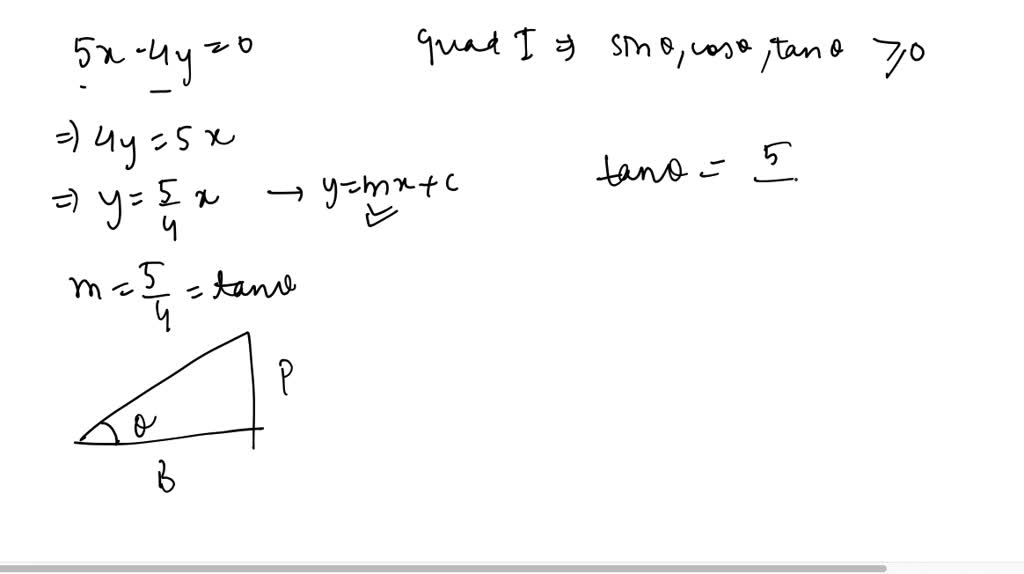

Question 5 Find a coterminal angle t to angle - 27 Pi / 12 such that 0 < t < 2 Pi. Hence an angle of 750 degrees, in standard position, has its terminal side in quadrant one. The ray in its initial position before the rotation, and the ray in its ending, or terminal position, after. every time you add 360 degrees to 225, the angle will be in the same position on the graph.

Consider one ray, and then let it rotate a fixed distance about its endpoint. a) Name a point on the terminal side of the angle. In trigonometry, angles are often defined in terms of rotation. Subtracting 360° once will give a coterminal angle that is still positive. In which quadrant is the terminal side of an angle of 750 o located Solution to Question 4: 750 degrees 360 degrees + 360 degrees + 30 degrees. It is the direction of the rays relative to one another that determine the measure of an angle. The angle shown at the right is referred to as a Quadrant II angle since its terminal side lies in Quadrant II. If the terminal side of an angle lies 'on' the axes (such as 0, 90, 180, 270, 360 ), it is called a quadrantal angle. Vector Calculator add to find determine angle possible and cross product of. The ray on the x-axis is called the initial side and the other ray is called the terminal side. With an initial angle of θ = \boldsymbol.įind one positive coterminal angle and one negative coterminal angle. 7 km due east What is the total distance traveled by the whale what is the. Things work the same way with radian measurement as with degrees when dealing with coterminal angles

There are in fact an infinite amount of potential coterminal angles that share the same initial andĪs you can go around a circle 360° in both a positive and a negativeĭirection as many times as you want, to find lots and lots of coterminal angles. 300°, 60° and 425° are angles that are all coterminal. (b) What is this angle for an expressway off-ramp curve of radius 50 m at a. 130° − 360° = -230°, 130° + 360° = 490°Īny time you want to find an angle that is coterminal to another angle, subtract or add 360°. If the radius of the circle is r 1, then the coordinate of this terminal. The connection between these angles is that they differ in size by 360°. Thus they are angles that are coterminal with each other. Start at the same line/side as each another, and finish at the same line/side as each other. Each angle A, B and C above, although being different sizes,


 0 kommentar(er)
0 kommentar(er)
